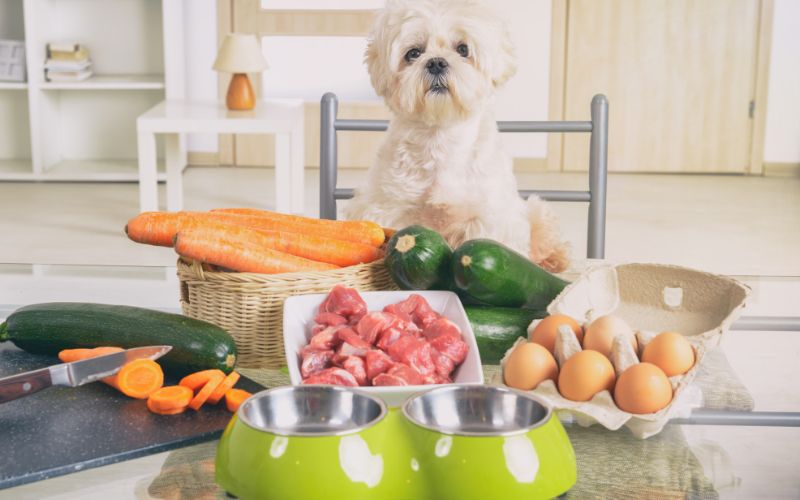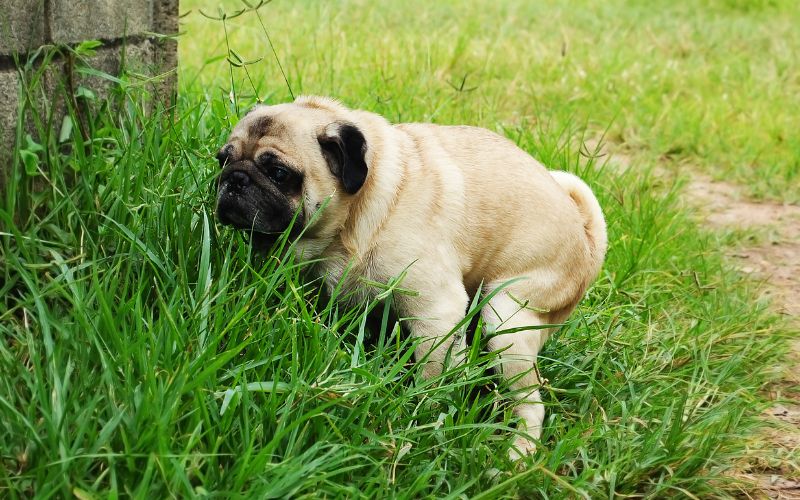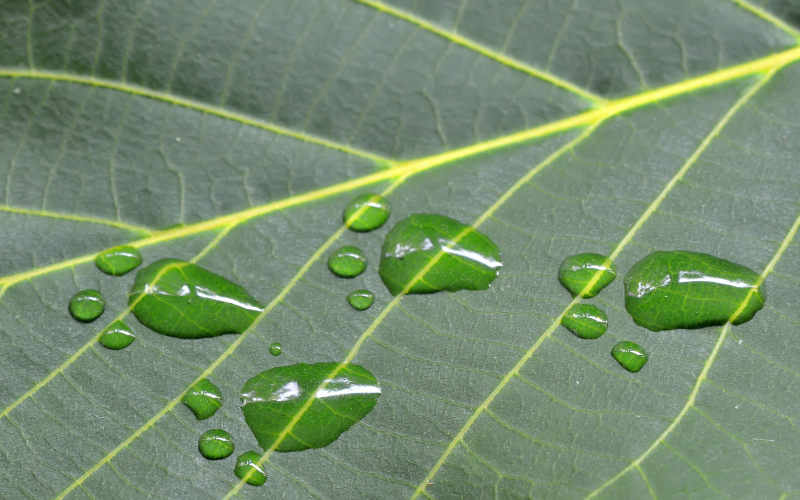Here at Wellbeing For Dogs, we’re all about making healthy, nutritious eating accessible for dogs across Australia. That’s why we want to offer the education and resources for pet parents - like you - to make the best, most informed decisions you possibly can when it comes to your dog’s diet.
Whether you choose to do home cooking for your dog’s meals or rely on commercial dog food, we’re still here to champion your dog’s wellbeing.
That said, occasionally us pet parents are juggling so many responsibilities we simply don’t have the time to spend hours preparing a homemade meal for our dogs. Which is why this question of “What food is good to add to your dog’s meals when you’re busy?” is particularly important.
Everyone has different preferences, financial and lifestyle situations when it comes to feeding their dog, and at the end of the day, a fed pup is a happy pup.
However, if you do find yourself short of time but still want to ensure your dog is receiving the nutritional goodness they need, and you also want to provide flavours to keep them stimulated and interested in their food, then you’ve come to the right place.
Here are some of our favourite simple, quick food ideas to add to your dog’s meals.
(If you are super short of time and want a quick summary of what we discuss in this blog, essentially we advise that meat and vegetables, as well as certain grains and fruits are great options for your dog. These real and ‘alive’ foods are what will provide your dog with the strongest and most natural source of nutrients. Adding real food to your dog’s diet, in however small a quantity, can significantly improve and sustain your dog’s long term health.)
How to support your dog’s nutrition
Before we dive into our ideas for quick and easy food ideas for your dog, we first want to start off by saying that whatever you choose to feed your canine companion - their diet can still benefit from nutritional supplementation.
If you’re new to the ins and outs of pet nutrition, don’t be daunted. Because our very own Wellbeing Essentials Complete 22 nutritional blend was created to be practical, straightforward and easy to add to your dog’s meals.
In short, adding Wellbeing Essentials to commercial pet food can make a BIG improvement to your dog’s overall nutrition. This is because it contains a host of whole foods that support all parts of your dog’s growth, development and bodily maintenance.
Wellbeing Essentials Complete 22 is a research based nutrient blend specifically formulated to provide the frequently low or missing essential micronutrients in typical homemade diets for dogs. It's primarily designed to support and enhance homemade food for dogs, whether cooked, raw or mixed, although it can be used on commercial food to improve the plane of nutrition.
The formula was developed in accordance with the Nutrient Requirements of Canines by a team including Veterinarian and Food Scientists. And with just a spoonful a day - depending on your dog's weight - you will be introducing:
- Vitamins and Minerals including Trace Minerals
- Essential Fatty Acids
- Antioxidants
- Prebiotics, Lignans and Dietary Fibre (which support good gut health)
- Natural Anti-Inflammatory natural foods
- And best of all, a delicious taste to add to your dog’s food!
We created Wellbeing Essentials to provide a no-nonsense and sustainable way for loving pet parents to give their pups all the goodness they deserve.
So with all that covered, let’s get into our quick and easy ideas for good foods that you can add to your dog’s meals, for a boost of added nutrition.

What food is “good” for dogs?
There are many “good” foods for dogs which can be easily implemented into their daily diet to promote better health and wellbeing.
Just like human mealtimes, certain food groups should take up a certain percentage of your dog’s plate for maximum health benefits, which we will explore in further detail shortly.
Here’s a breakdown of what you can aim to include…

How much protein should a dog have?
Protein is a super important element of mealtimes, as it is an excellent source of amino acids, helping to maintain a dog’s muscles, skin, hair and nails and skin.
Protein should make up about half of your dog’s meal. Here are a few dog-safe sources of proteins to try:
- Sardines
- Canned salmon
- Canned tuna - too much of this can cause a build up of dangerous mercury so give this sparingly
- Chicken – remove most of the skin and all of the bones
- Eggs - scrambled, fried, poached, boiled
- Mince - easy to pan fry or can be served raw
- Piece of beef/steak cut for stir fry – pan fry/raw
- Cottage cheese
- Yogurt
- Cheese – give sparingly because of the high fat content, but can be a tasty occasional treat!

How many vegetables should a dog have?
We all know the nutritional value of fruits and veggies, but which pup-safe options are great for added health benefits for your go?
- Baby spinach – can be chopped and wilted with hot water. Frozen spinach can also be used
- Grated carrot
- Broccoli
- Berries – served with a bit of yoghurt can be super tasty
- Grated apple
- Sun-dried tomatoes chopped up
- Even try baby food vegetables – mashed or pureed

Should a dog have carbs?
Carbs = energy. Including a decent carb source at mealtimes will have your pup feeling fuelled and full for longer, giving them the energy to run and jump and explore to their heart’s content!
Cooked and cooled carbs also supply resistant starches which is great for bowel health.
Carbohydrates should make up roughly ¼ of a dog’s meal, and some of the best sources include:
- Cooked rice
- Puffed quinoa, wholegrain rice or millet
- Weetabix
- Cooked spaghetti
- Certain cooked noodles such as soba

Are bones good for dogs?
Dogs and bones are known to be best friends, and not only do they offer a bunch of minerals to support your pup, they are also great for maintaining their dental health - a win-win!
Dogs should be given bones a maximum of 3 times a week, and these can be bones purchased from your local butcher - just don’t leave them with it for too long otherwise they will most likely bury it! Also never give a dog cooked bones.
You should also always monitor your dog with bones, in case they try to crunch/swallow the bone shards. This can be a choking hazard, so if your dog does start to crunch a bone, take it away immediately.
Both the benefits and risks of feeding your dog bones can be found in this article by the RSPCA.

In Conclusion
All these food ideas are incredibly easy to add to a dog’s food bowl. And with the addition of Wellbeing Essentials, you can have peace of mind knowing that your canine companion is getting not only real and natural food, but they’re also receiving any missing vitamins and minerals with just a sprinkling of our Wellbeing Essentials Complete 22.
So if you’re short of time but still want to give your pup’s meals that added boost of love and nutrition, why not start with some of these simple additions?
Just remember to increase/reduce the quantities of food groups where appropriate, to prevent your dog gaining excessive amounts of weight.
Happy eating!




